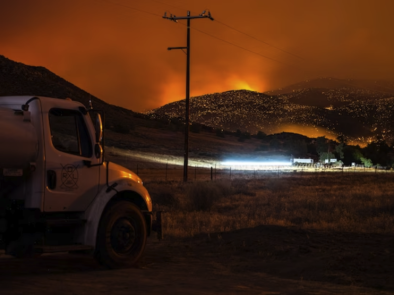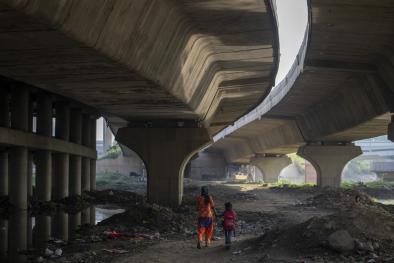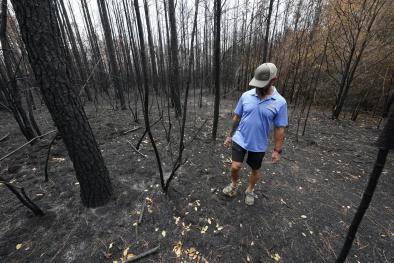Science Source
Lightning as a major driver of recent large fire years in North American boreal forests
You have more fires; they creep farther north; they burn in these soils which have a lot of C02 and methane that can be exposed directly at the moment of the fire and then decades after. That contributes again to global warming; you have again more fire.
Sander Veraverbeke of Vrije Universiteit Amsterdam
- States that changes in climate and fire regimes are transforming the boreal forest, the world’s largest biome
- States that boreal North America recently experienced two years with large burned area: 2014 in the Northwest Territories and 2015 in Alaska
- Uses climate, lightning, fire and vegetation data sets to assess the mechanisms contributing to large fire years
- Finds that lightning ignitions have increased since 1975, and that the 2014 and 2015 events coincided with a record number of lightning ignitions and exceptionally high levels of burning near the northern treeline
- Finds that lightning-caused fires have risen 2 to 5 percent a year for the last four decades
- Finds that lightning ignition explained more than 55% of the interannual variability in burned area, and was correlated with temperature and precipitation, which are projected to increase by mid-century
- The analysis shows that lightning drives interannual and long-term ignition and burned area dynamics in boreal North America, and implies future ignition increases may increase carbon loss while accelerating the northward expansion of boreal forest
Related Content
Headline

Nov 17, 2023 | Climate Nexus Hot News
Utility Responsible For Wildfire, CA Report Says
Headline

Oct 26, 2023 | Climate Nexus Hot News
The Planet is ‘Under Siege,’ Scientists Say
Headline

Oct 11, 2023 | Climate Nexus Hot News
Climate Change Forcing Children to Move
Headline

Sep 20, 2023 | AP
In a state used to hurricanes and flooding, Louisiana is battling an unprecedented wildfire season


